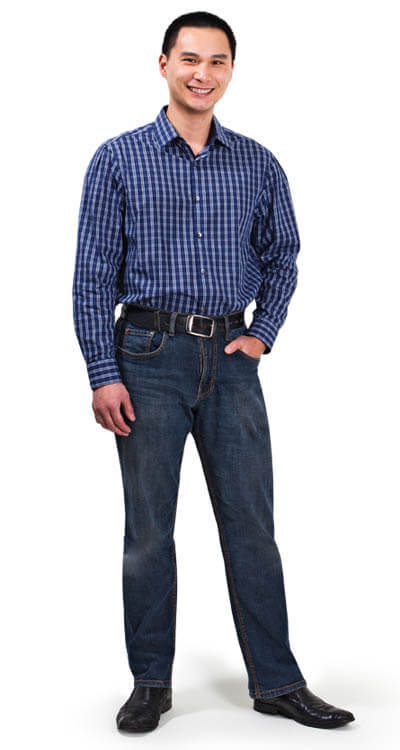A portfolio that pays $12K a year
Bob Lai wanted to retire early. So he became an extreme saver
Advertisement
Bob Lai wanted to retire early. So he became an extreme saver

Share this article Share on Facebook Share on Twitter Share on Linkedin Share on Reddit Share on Email